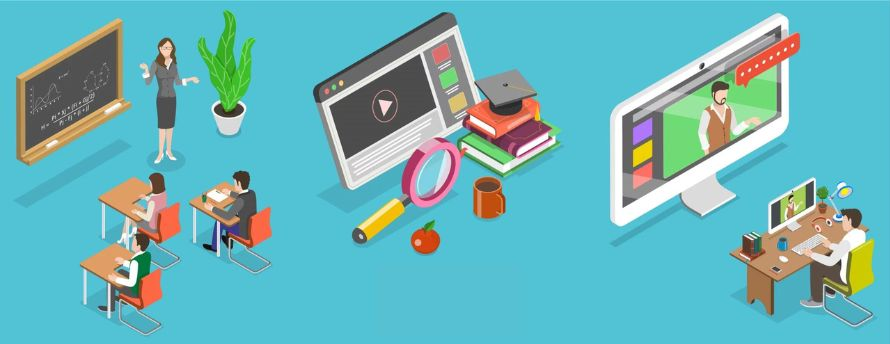
21
Mar 2023
Developing a Learning Model for B-School Students
Prof. Vaibhav Kulkarni |
PGDM
The objective of developing a learning model is to bridge the gap between the
expectations of the corporate and the performance of the students.

The Replication Model
Sending students out to visit companies for completing their assignments and internship has been followed and practised
by almost all B-School in their
pedagogy. Summer internships are viewed as an important source of learning and gaining practical
knowledge.
Summer internships are viewed as an important source of
learning
and gaining practical knowledge.
This model tries to reverse that role. It tries to replicate real life corporate scenarios on its campus. This process
is designed to present a clear picture of ‘what is out there’ to the students. Merely teaching students in the classroom
is not enough. The replication process is similar to a simulation process but involves a few more players who are very
important in the learning outcome.
Primarily there are three major specializations in Indian
B-Schools.
Viz-Marketing, Finance & Human Resource Management. The modules will have to be prepared by the faculty, in
collaboration with the symbiotic company or companies.
A symbiotic company would recruit students and collaborate with the B-School for training them.
Here, the symbiotic company would send a representative to the B-School they decide to have a tie-up with. The company
should be in a position to hire at least some of the students. The representative would be a part of the replication
model. The representative will supervise the work done by the students from time to time.
At the start of the process, the representative will collude with the faculty heads and draft a plan for the ongoing
replication process. The plan would include the objective of the process, execution of the process, learning outcome and
analysis of the employability status.
The model must be planned for the second or third semester, in case of a course with four semesters. This is because the
students need to learn their theories in the first semester and concentrate on their final
placements in the final semester. The ideal time duration would be post lunch, for a period of 3
to 4 hours a day.
The morning slots could be utilized for lecturing and completing the syllabus. The first half of any weekday could be
utilized for understanding what the student has learnt during the previous three days.
Considering a minimum of 12 weeks per semester, the replication model would be functional for approximately 36 days,
i.e. 108 hours of simulation.
The execution would begin from day one, with the students punching in their attendance at 4 pm. Each student will be
given a specific set of responsibilities to be carried out.
To gain a broader perspective, the responsibilities could be rotated every two weeks to gain knowledge of every job
profile.
One of the most important aspects of this process could be continuous performance appraisal. Rules which are generally
applicable in companies would be put into effect in this model. Students will have to follow a specific code of conduct
laid down by the representative. Any student guilty of dereliction of duty despite repeated warnings will be fired and
his name will be placed at the bottom of the placement list.
Students who need extra guidance could approach their faculty or a counsellor. Every Thursday, students would be
required to fill in a ‘Learning Outcome’ form, where they would mention things they have learnt in the previous 3 days.
This in short is the replication model.
Prof. Vaibhav Kulkarni
Assistant Professor,
MET PGDM
 Leave a reply
Leave a reply
 Reviews (0)
Reviews (0)
 Reviews (0)
Reviews (0)



 Leave a reply
Leave a reply
 Reviews (0)
Reviews (0)
 Reviews (0)
Reviews (0)